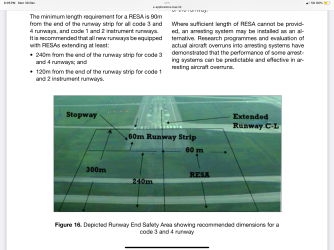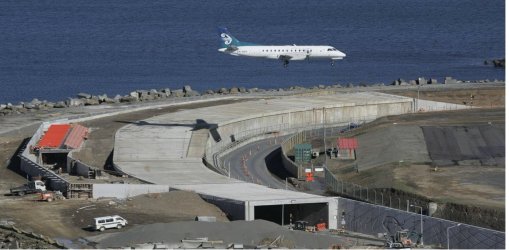I love to travel
Established Member
- Joined
- Jun 4, 2016
- Posts
- 3,355
- Qantas
- Silver Club
Another Jeju flight today needed to return to airport due to landing gear issue.
Bit of a weird one, looks like LiveATC used to have some South Korean channels but no longerGo round, get a visual of damage from the ground, who knows? No live ATC coverage in Korea so the facts will take awhile as we rely on government sources,
It’s possible, I had to hit the crash button one night after a plane reported upon landing he had forgotten the gear, was not a pax flight but freight.This is going to sound completely ridiculous but is it possible that in the ‘panic’ of the bird strike, they just forgot about the landing gear?
It did manage to go around and approach from the opposite direction.I'd expect hydraulics to remain available as long as the IAS was kept reasonably high
Anything is possible, just think of incidents that should of never happened.This is going to sound completely ridiculous but is it possible that in the ‘panic’ of the bird strike, they just forgot about the landing gear?
Which means that at least one engine was running, at least for a while. Such a pity FR24 hasn't got any data around the base turn area.It did manage to go around and approach from the opposite direction.
Yep. Speed required will vary by aircraft, but probably down to 160 knots or so.A windmilling fan in a dead engine would generate enough hydraulic pressure?
AFF Supporters can remove this and all advertisements
The LLZ is actually 300m beyond the threshold. While concrete supported antennas are not normal, in an area subject to Typhoons they may make more sense. I haven’t a clue about North American standards, they are irrelevant in this context, ICAO requires a minimum RESA clearance of 240m to be compliant:You want the support structure to break-away and cause as minimal damage as possible in a scenario like this. You would not be allowed to construct an earth mound like this within 300m of runway/overruns. This localizer is about 150m off the overrun, which would violate North American Airfield criteria, but it's a Korean Airport so regulations are different.


Personally think at most the berm is responsible for additional loss of life. If the localizer was on top of breakaway poles, the aircraft would have hit a reinforced concrete wall some 50m beyond that, and if it got through that then ploughed into what looked like pretty rough terrain beyond the perimeter road.is no doubt the installation was responsible for such loss of life.
Agree. Too much conjecture.I would take a lot of the press reports with a grain of salt, too much doesn’t make sense.
That shot was taken during construction. Most of what you're looking at is now buried.WLG recently upgraded their LLZ, it’s in a similar position but has a lot more concrete
It's a valid thought, and is where Sullenberger made his most important decision. There are certainly many cases where it won't work, but a look at the Muan area map is interesting.A question from a layman's armchair: this time (and seemingly often in comparable situations) the pilots attempt to land on the runway. What would happen if they landed on the nature strip / grassland? Wouldn't it provide a potentially softer terrain will less friction to reduce or slow the damage? Though, on balance of things, a grass fire is likely. In other words, what makes the hard surface the preferred landing location in cases like this?
The timeline needs to go down to seconds. The 180º turn alone would have taken about a minute.2 minutes between initiating a GA and then landing on the opposite runway.
How long would checklists take to effect this under non emergency circumstances?.The 180º turn alone would have taken about a minute.

